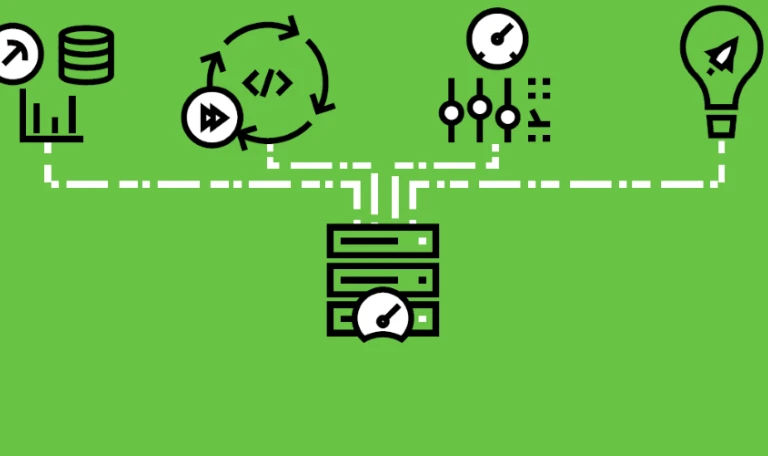Cloud computing is bringing sweeping changes to IT departments around the world. What does this mean for the future of IT professionals?
Cloud computing infrastructure enables organisations to increase agility and lower costs. These costs often represent in-house IT professionals and IT departments. So how can IT pros prepare for the changes that cloud computing will bring? One thing's for sure: enterprise level cloud computing is on the rise.
It's predicted that by 2016 over of a quarter of all applications will be cloud-based. Gartner predicts that the software as a service (SaaS) market will grow at an astonishing yearly rate of 20.2 per cent (with 50 per cent of enterprises running hybrid cloud IT Departments by 2017). In the longer term, it is widely accepted that cloud computing will become the dominant form of computing over the next 10 years. This level of investment in cloud computing will have a dramatic impact on the IT profession. Much of what currently passes for cloud computing is actually a mixture of external hosting and the outsourcing of IT functions that were previously carried out by in-house staff. Cloud computing has a broad spectrum of meaning. At its most basic, cloud computing means employees who save personal files to a remote storage service, increasingly being known as 'the public cloud'. However, full implementation of IT services within an enterprise based on a virtualised infrastructure (increasingly referred to as the 'private cloud') is a very different affair. Private cloud computing infrastructures dramatically reduce the requirement for the manual management of IT. For example, providing additional storage or networking capacity often requires IT staff to monitor and act on demand, sometimes manually increasing capacity. An automated cloud computing solution monitors demand and automatically scales up resources according to where they are needed, without human intervention.
What it means for IT departments IT professionals will increasingly find themselves implementing, and managing, private cloud infrastructures. These IT professionals no longer need to monitor computing tasks manually. This frees them such responsibilities as server updates and other operational issues, allowing them to work more closely with the business on implementing new services. In many respects, cloud computing can be seen as the industrialisation of the traditional IT department. Just as the industrial revolution swept away jobs in 19th century, cloud computing is expected to remove the need for a whole number of IT jobs in the technology industry. But, before ordering a stack of fresh P45 forms for the IT department, CEOs have two things to consider: security and regulation. Security and privacy concerns remain a important factor for large organisations moving to the cloud. The advantages of cloud computing – flexibility, ease-of-access and shared infrastructure – also present concerns about unauthorised individuals accessing data, or about individuals within the enterprise using data in a way that puts it at risk of exposure. There is also a very real possibility that data could reside on the same resources as a competitor's, or even that a competitor could own and control the cloud service. In a multi-tenant environment it is difficult for cloud service providers to ensure the level of isolation customers expect. Alongside cloud computing's ascendancy, comes an increase in the levels of regulation and legal responsibility. Many countries have strict regulation concerning the long-term storage and privacy of data. Companies moving their operations to the cloud must comply with the various regulatory bodies at a global level. Managing security and ensuring regulation compliance with service-level agreements (SLAs) are areas that the IT professional will increasingly move in to.
According to Gartner, worldwide spending on information security will reach $71.1 billion by the end of 2014, an increase of 7.9 per cent over 2013, with the data loss prevention segment recording the fastest growth at 18.9 per cent. Total information security spending will grow a further 8.2 per cent in 2015 to reach $76.9 billion. If 'follow the money' is a maxim for life, then the money is going to be spent on cloud computing infrastructure and IT professionals that specialise in security. Advances in technology shape the form and nature of human labour, and those in the technology industry should not be afraid of progress, but it is important to acknowledge the huge technology strides being made and the disruptive impact they will have on our lives. In their much cited paper, 'The Future Of Employment: How Susceptible are Jobs to Computerisation?', Carl Benedikt Frey and Michael A. Osborne estimate that 47 per cent of total US employment is at risk over the next few decades. These jobs affect both traditional white-collar workers and blue-collar works (because their loss would come as a result of advances in both Machine Learning and Mobile Robotics.) "The concern over technological unemployment is hardly a recent phenomenon," note Frey and Osborne. "Throughout history, the process of creative destruction, following technological inventions, has created enormous wealth, but also undesired disruptions."




